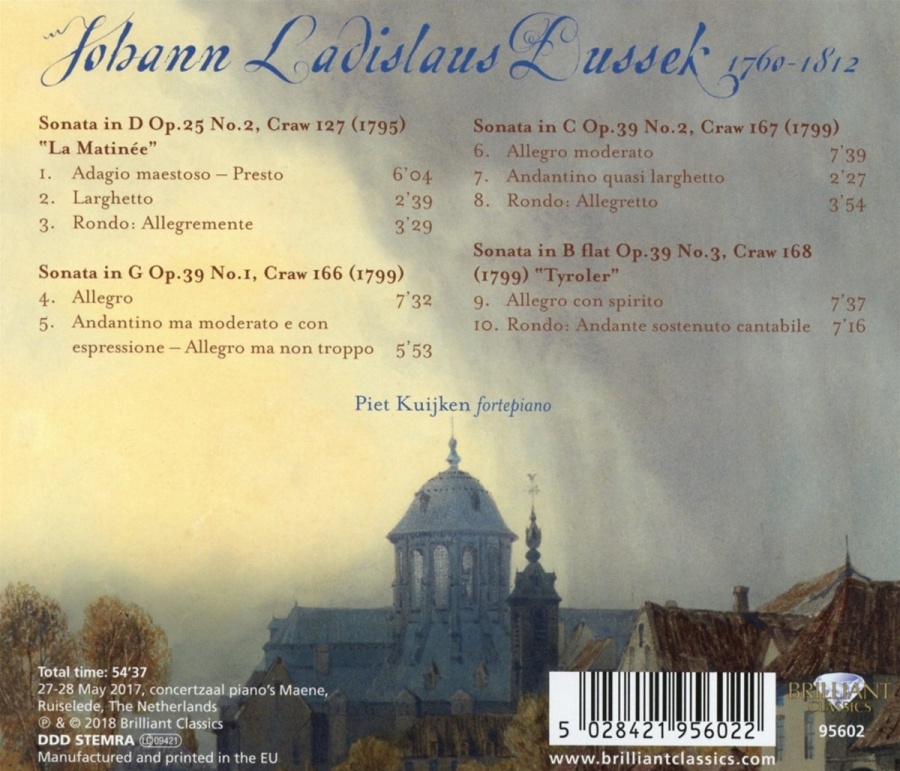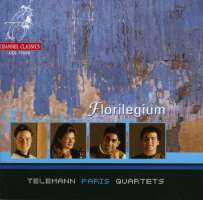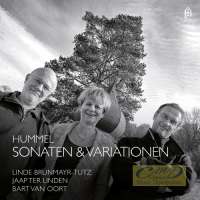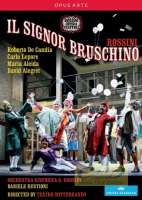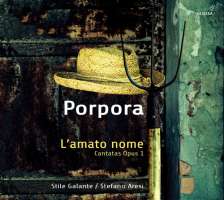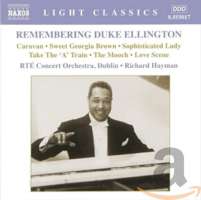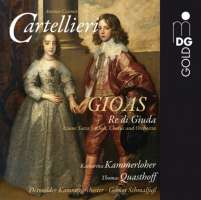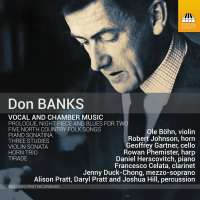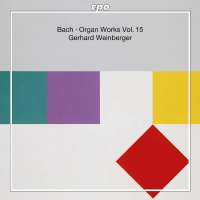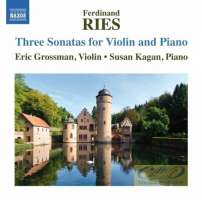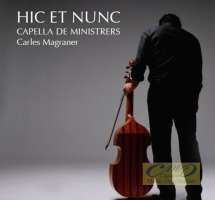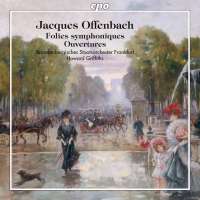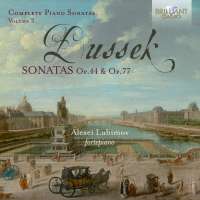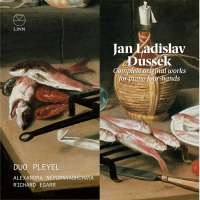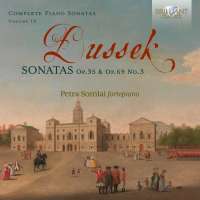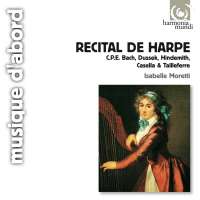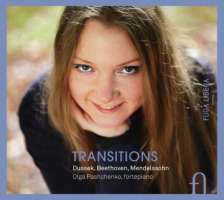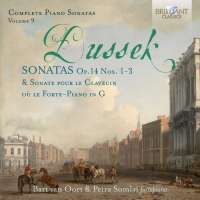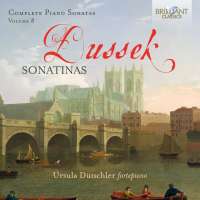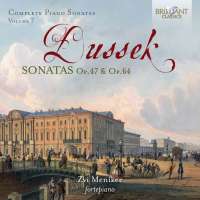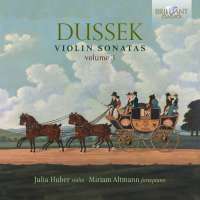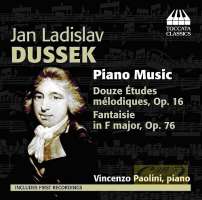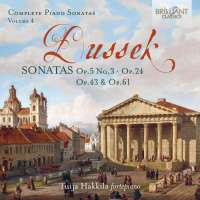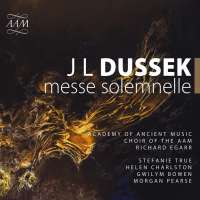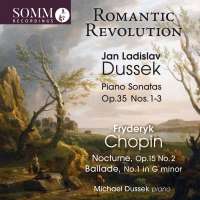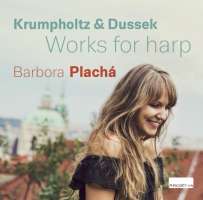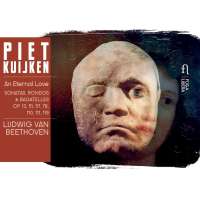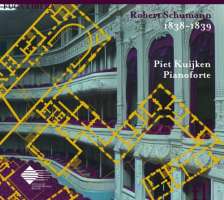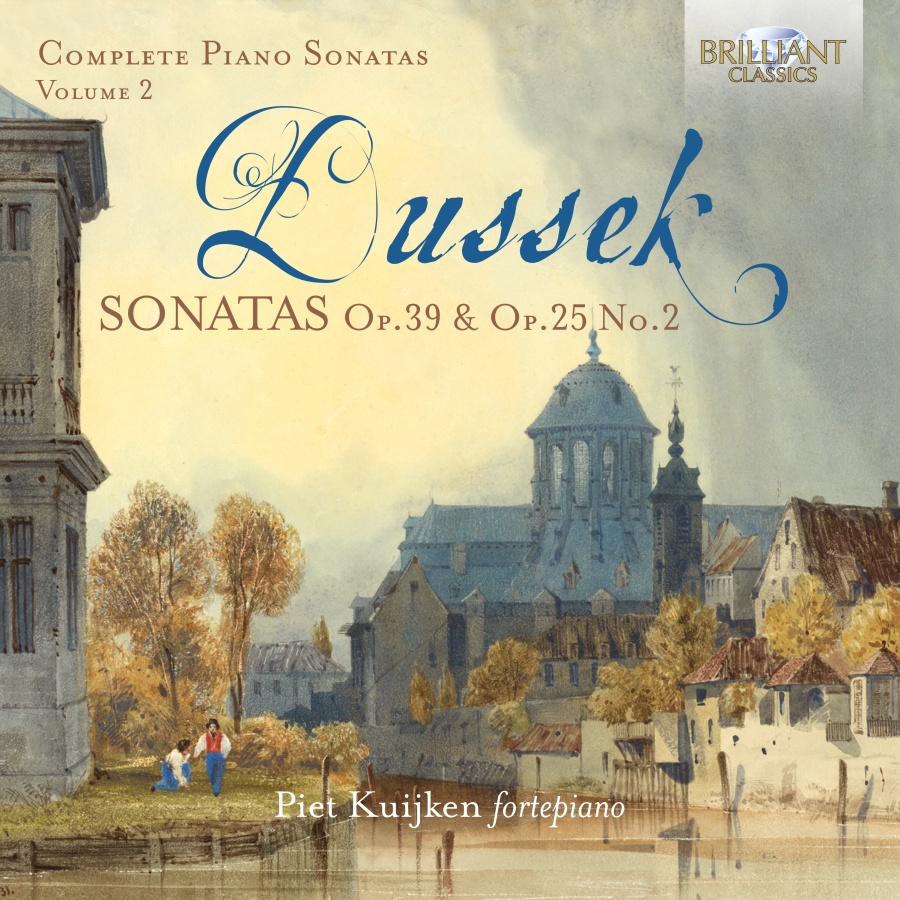
kompozytor
Dussek, Jan Ladislav
tytuł
Dussek: Complete Piano Sonatas Op. 39 & Op. 25 No.2, Vol. 2
wykonawcy
Kuijken, Piet
nr katalogowy
95602
opis
These sonatas date from a high-point in the career of the Czech-born Jan Ladislaus Dussek (1760-1812), at a time when he was established in London as a sought-after performer and fashionable piano teacher. His partnership with the instrument-maker John Broadwood resulted in significant technical developments to the fortepiano which would be imitated abroad and capitalised upon in Vienna by Beethoven, notably the extra power and larger range. The Sonata Op.25 No.2 in D has become famous under the name ‘La Matinée’: a subtitle which conveys the lively spirit of the sonata and its irresistible sense of good cheer even in the lyric simplicity of the third-movement Larghetto. The three Op.39sonatas are more elaborate in conception and design without forsaking the earlier work’s transparency and grace. The first movements of Op.39 abound in brilliant figuration which evidently played to the composer’s strengths as a performer, but they are strongly rooted in a sonata-form structure which contrasts a pressing and vivacious first theme with the more tripping, light-hearted character of the second. The concluding Rondos tend to be the highlight, alternating some surprisingly passionate and even stormy episodes with the kind of unpretentious folk-like theme that Schubert would go on to perfect.
nośnik
CD
gatunek
Muzyka klasyczna
producent
Brilliant Classics
data wydania
13-11-2019
EAN / kod kreskowy
5028421956022

(Produkt nie został jeszcze oceniony)
cena 55,00 zł
lubProdukt na zamówienie
Wysyłka ustalana indywidualnie.
Darmowa wysyłka dla zamówień powyżej 300 zł!
Darmowy kurier dla zamówień powyżej 500 zł!
sprawdź koszty wysyłki